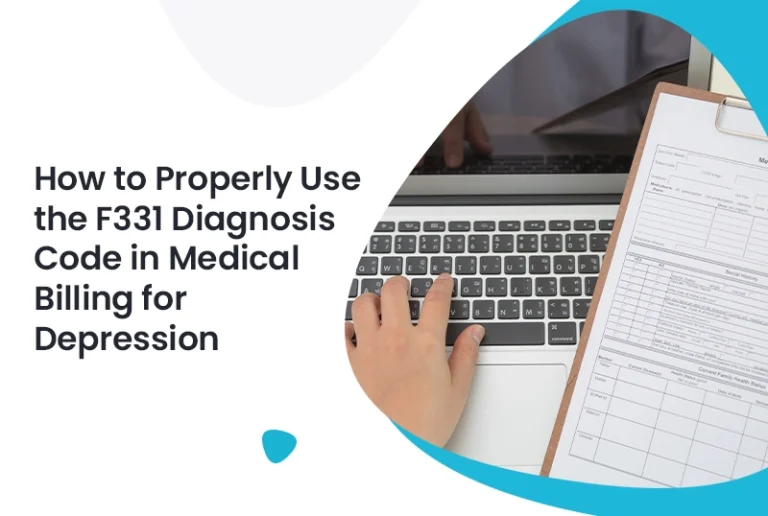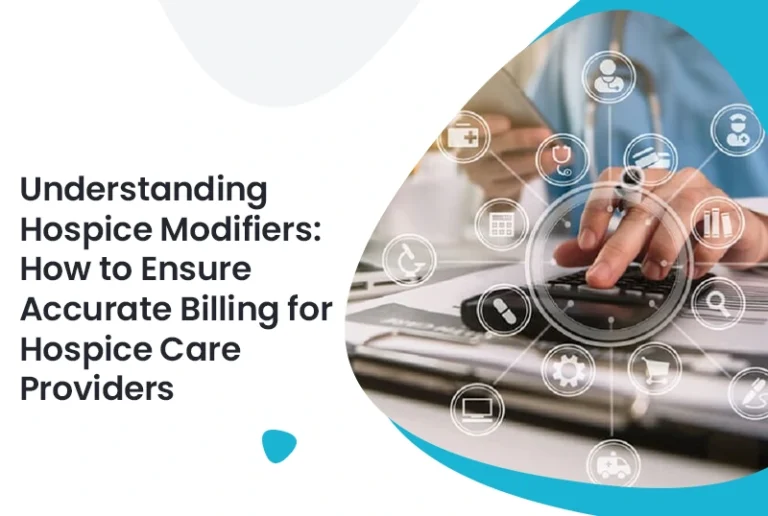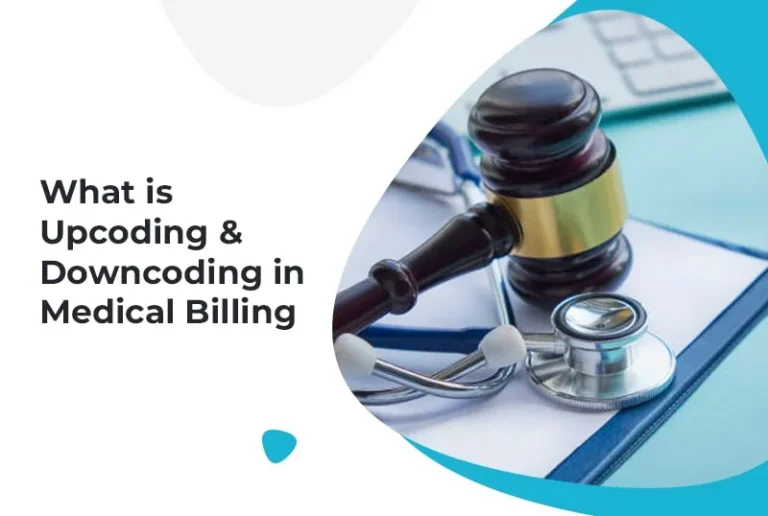What is an entity code in medical billing? is a common question among new billers, and for good reason. These codes play a critical role in helping billing systems identify all parties involved in a healthcare claim. Since the billing process depends on clean, accurate data, entity codes ensure payers receive clear details without any confusion about roles or responsibilities.
In medical billing, a single claim can pass through multiple checkpoints before it reaches the final payer. At each stage, the system must know exactly who is providing the service, who is receiving it, and who is responsible for payment. Entity codes apply a unique tag to each party, creating structure and consistency throughout the process.
By helping systems read, sort, and validate claims without misinterpretation, these codes keep the workflow stable. With this foundation in place, payment movement becomes smoother, faster, and far more predictable.
Understanding the Purpose of an Entity Code
An entity code identifies the entity that is sending the claim to the payer. It may refer to a provider, facility, billing party, employer, or another involved group. Hence, the code works like an ID. Systems use it to route claims along the correct line.
Billing platforms process thousands of files each day. A missing, wrong, or mismatched entity code can stop a claim by creating confusion for the payer. As a result, billers need a clear sense of these codes. Many rejections come from small mistakes that could be avoided with a structured setup.
These codes appear in EDI transactions and help define each line in the claim file. They also give clarity on who performed a service, who submitted the claim, and who should receive payment.
Why Entity Codes Support Accurate Claim Flow
Entity codes help keep data clear across different EDI files. Each file carries service details, patient details, payer details, and billing details. Therefore, codes help maintain clarity in long digital chains.
Billing platforms often use ANSI X12 standards for claims. These standards define sections and fields for all parties connected to a claim. With structured input, payers can process claims with fewer rejections.
An accurate entity code reduces delays, supports payment flow, and keeps the claim aligned with payer rules. Frequent rejections usually come from errors in provider identification or mismatched submitter details. In both cases, entity codes play a strong role in correcting the data path.
Understanding EDI Payments in Medical Billing
Before looking deeper into entity codes, billers must understand the EDI payment meaning. EDI stands for Electronic Data Interchange. It refers to the digital transport of financial and billing information. Healthcare payers use EDI files to move data without manual work.

So, what is an EDI payment?
It refers to a payment delivered through an electronic file, usually paired with an ERA (Electronic Remittance Advice). This file lists paid claims, denied claims, and adjustment codes.
Since EDI files move through automated systems, every line depends on correct coding. Therefore, entity codes help define each party involved in the payment cycle.
How Entity Codes Work Inside EDI Claim Files
EDI claim files, especially the 837 file, include several loops and segments. Each loop identifies a party in the chain. The entity code helps define that party. Here are a few common examples:
- Provider
- Subscriber
- Payer
- Billing party
- Rendering party
A single claim may include several codes. In a standard 837 file, these codes appear in the NM1 segment. Each code signals a specific group or person involved in the claim. As EDI systems follow strict formats, every character has a purpose.
Types of Entity Codes Used in Medical Billing
Different codes appear in EDI claim files. These codes help define roles and keep the file structured. Here is a table showing common codes and their purpose:
Table: Common Entity Codes and Their Purpose
| Entity Code | Meaning | Where it Appears |
| 85 | Billing provider | 837 claim file |
| 82 | Rendering provider | 837 claim file |
| 87 | Pay-to provider | 837 claim file |
| IL | Subscriber | Patient section |
| PR | Payer | Payer section |
These codes help identify the correct role performed by each party. For example, the billing provider may differ from the rendering provider. The subscriber may differ from the patient. Using the wrong code can interrupt payment flow.
How Incorrect Entity Codes Cause Claim Issues
Entity codes influence routing, so any mistake may result in:
- Claim rejection
- Payment delay
- Incorrect assignment of responsibility
- Payer confusion
- Mismatched service details
Many clearinghouses reject claims before they even reach the payer if the codes do not match standard formats. Therefore, accurate setup during enrollment matters. Simple mistakes in provider enrollment often lead to rejections marked with CO-16 or similar adjustment tags. These problems usually point to ID mismatches or submitter errors.
Connection Between Entity Codes and EDI Payments
Entity codes and EDI payments work together. EDI files help payers communicate with providers. If the coding is wrong, the payment loop breaks. EDI systems use digital rules; they follow strict formatting. Entity codes help define who receives the payment file, who billed the claim, and who performed each service.

Providers depend on accurate ERA files. These files give clear payment reasoning. With correct entity codes, systems can match payments to claims without confusion. Billers should review payer manuals and clearinghouse guidelines. These documents list all code requirements. Because payers follow fixed standards, most code structures stay consistent across platforms.
Another good step is reviewing past rejections. Many clearinghouse portals highlight segments with errors. The portal may point directly to the NM1 segment, which helps the biller correct the code.
Role of Software and Development in Entity Code Accuracy
Billing software plays a strong role in entity code accuracy. Systems must read EDI files clearly. They must also handle claim mapping, payer rules, and segment linking. Billing platforms rely on structured formatting logic that determines how each segment of an EDI file is read and processed.
Billing systems sometimes require adjustments during setup, such as clearer routing paths, refined formatting rules, or stronger validation steps. In these cases, practices may need support during configuration to align claim files with payer and clearinghouse requirements. This helps maintain accuracy during build-outs and prevents preventable routing issues.
Billing platforms must interpret EDI files correctly, and some setups require adjustments to mapping or routing. Professional teams review these configurations, align segments with payer rules, and strengthen claim accuracy without adding unnecessary system barriers. These internal links help systems remain strong during growth.
Why Accurate Entity Codes Protect Revenue
Here are simple reasons why entity codes matter for revenue:
- They keep claims readable
- They reduce rejection rates
- They match payments to correct claims
- They keep payer rules aligned
- They help systems track responsibility
A stable claim flow depends on correct identification. Therefore, entity codes help maintain order across long data chains. Billers who understand these codes manage claims with fewer delays. They also review errors more efficiently.
Best Practices for Managing Entity Codes in Healthcare Billing
A few practical steps help billers prevent avoidable errors and maintain stability across each submission. The following practices support clearer routing and stronger claim accuracy.
1. Validate provider details during enrollment
Provider IDs, NPI, and taxonomy must match payer records.
2. Review the clearinghouse setup
Many issues come from incorrect submitter IDs.
3. Use software validation tools
Systems can flag wrong codes before submission.
4. Track common payer rejection tags
These help billers correct mistakes faster.
5. Train new billers on basic EDI segments
Understanding NM1, N3, N4, and REF segments supports better claim flow.
Conclusion
Entity codes bring essential structure to claim files by helping payers accurately identify every party involved in a service. They support clean routing, predictable payment flow, and clear claim mapping within EDI systems. When these codes are assigned correctly, they define each role in the digital claim chain, allowing billers to prevent avoidable delays and reduce rejections.
Using entity codes accurately strengthens revenue protection and keeps claim movement steady across healthcare platforms. Precision Hub’s billing and coding services support this process by helping practices submit clean claims, reduce denials, and maintain steady cash flow. With a clearer path from submission to payment, providers experience stronger revenue stability and a smoother overall workflow.







